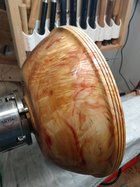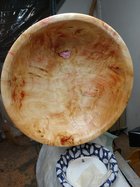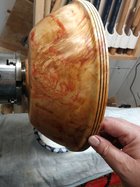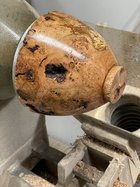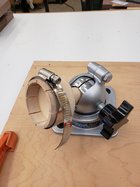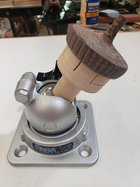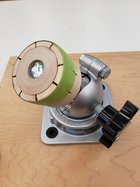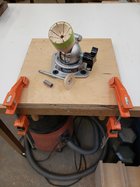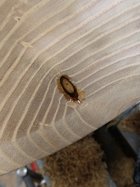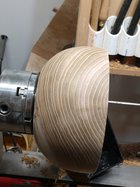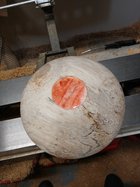Made a couple of work holding chucks for my PanaVise and mounted the vise to a base so I can clamp it to the bench. The chucks are all wood (made on the lathe) and could be made in various sizes (these are sized for some small boxes). First internal chuck was less than successful as I couldn't keep the flat head screw from turning as I expanded the jaws. I switched to a carriage bolt and cone (with a square hole for the carriage bolt head) to expand the jaws and had better success. Based on ideas I got from Doc Green's book on chucks and fixtures!
Cheers.
Barry W. Larson
Calgary, Alberta, Canada eh!

